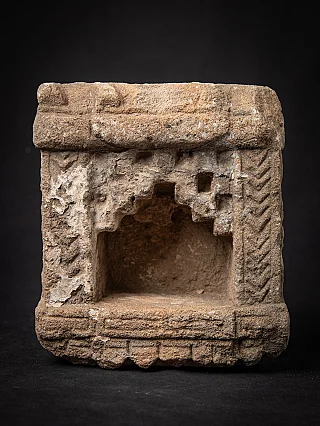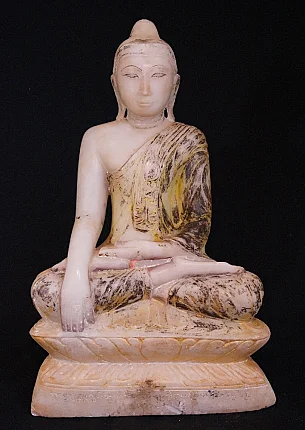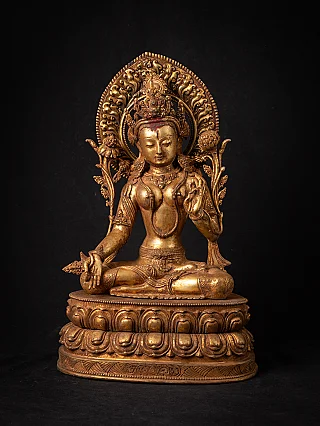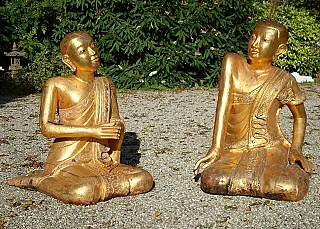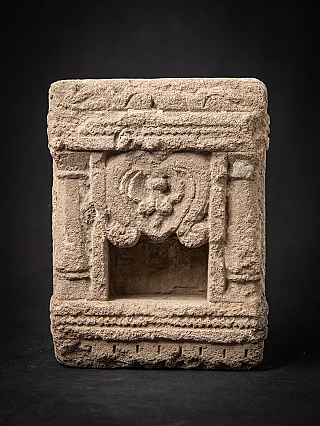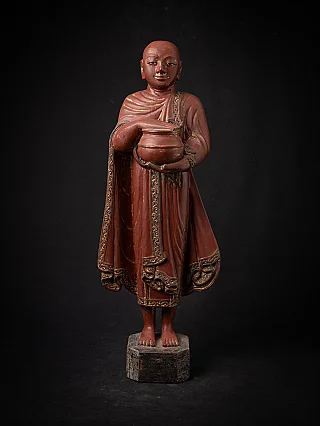The Buddhist Councils
Author : Peter Vredeveld

Buddhist councils held in different centuries have changed the course of Buddhism and impacted its different traditions, such as early Theravada and Mahayana Buddhism.
Buddhist Councils are some of the important events that changed the course of Buddhism. After Lord Buddha attained Parinirvana in Kushinagar, India, many senior monks such as Mahakassyapa and Upali were concerned about the teachings, preachings of Dharma, and discipline of all Buddhist monks. The first Historical Buddhist Council is believed to be held in the 5th Century BCE (the date may vary) and was led by Ven. Mahakassyapa.
Buddhist Councils held in different millennia have changed the course of Buddhism, leading to the present form of Buddhism. One of the most significant changes during the early Buddhist councils was the formation of two of the oldest Buddhist traditions, Mahayana and Theravada Buddhist Schools. The history of early Buddhist schools shows many changes in Buddhism, such as the translation of many original Buddha's sutras and teachings. Over time, many Buddhist Councils were held; among them, four are considered most important in changing the course of Buddhism.
1. First Buddhist Council
The First Buddhist Council was held in Kushingara right after the death of Lord Buddha. After the Parinirvana of Gautama Buddha, many senior monks held meetings to discuss how to teach and manage Buddha's Teachings. The First Buddhist Council is considered the turning point in Buddhism since the decisions made during this Council still influence the teaching of Buddhism to the present time.
The First Buddhist Council was held at the entrance of Sattapanni Cave, Rajargaha (Known as Rajgir in present time) and known as the Council of Rajargaha. Even though the exact date has yet to be discovered, it is believed to have been held around the 4th or 5th Century BCE. According to Buddhist history, the Council was convened by Ven: Upali, one of the senior monks of the order of Sangha. After the death of Lord Buddha, one of the monks, Subhadda, said, "Now we can do what we like."
After hearing such words from the monks, Mahakasyapa called the meeting to maintain the ordained monks' discipline and discuss how to record and translate all the Buddha's teachings. In this Council, Ven. Ananda was asked to preach the teachings of Buddha or Dharma since he was the closest to Lord Buddha and had a fantastic memory power. But before asking Ananda, another exciting event took place. Ven. Ananda hadn't yet attained Nirvana after the death of Lord Buddha, so before the meeting of the First Buddhist Council, Ven. Ananda started meditating and, later in the same night, attained Enlightenment while he was sleeping. In this Council, Ven. Ananda and senior monk Ven. Upali preached on Vinaya and Sutta-Pitaka after the preaching made by Ven. Ananda was accepted by all the 500 monks who attended the Council.
2. Second Buddhist Council

The Second Buddhist Council was held 100 years after the death of Lord Buddha. It is believed to have been held in 386 BCE and took place at Vaishali, an ancient city in India. The primary purpose of the Second Buddhist Council was to discuss Buddhist practices and norms.
According to Buddhist history, a senior monk named Yasa noticed some bad practices by some local monks. He called the Buddhist Council to discuss matters related to Buddhist practices. It was also held to discuss whether the monks could handle money for the benefit of all monks and the order of the Sangha. Some historians refer to the first Buddhist Council held at Pataliputra as the second Second Buddhist Council, or some call it the first Third Buddhist Council.
Known as the second Second Buddhist Council, Buddhist Council Pataliputra was held during the 3rd Century BCE. The primary purpose of this Buddhist Council was to discuss the matter of the "Great Schism." This Great Schism was between early Buddhist Schools like Early Theravada Buddhism and early Mahayana Buddhism.
3. Third Buddhist Council
The Third Buddhist Council or Buddhist Council: Pataliputra II was held during Great Emperor Ashoka's time (250 BCE) at Pataliputra. According to Theravada Buddhism, this Buddhist Council was held by the order of Emperor Ashoka to discuss increasing the influence of Buddhism in more than Southeast Asia.
It is said that the third Buddhist Council was held under the leadership of senior monk Moggaliputta Tissa. As a result of this Buddhist Council, Ashoka sent Buddhist missionaries to teach the Buddha's teachings to various places like Gandhara, Kashmir, and Sri Lanka, among many others. However, the missions only succeeded in Gandhara, Kashmir, and Sri Lanka.
4. Fourth Buddhist Council
When the Fourth Buddhist Council was held, Buddhism was taught in many versions, such as Mahayana, Tibetan, Theravada. The Fourth Buddhist Council was held under the Theravada traditions and in Tambapani of Sri Lanka during the First Century BCE. It is said that Fourth Buddhist Council was held under the leadership of King Kanishka. It is also believed that only a few Sarvastivada Buddhist monks were present in Fourth Buddhist Council .
After the Fourth Buddhist Council was held, several other small Buddhist Councils were held under the leadership of Theravada Buddhist Monks and were known as Theravada Buddhist Council (Fifth and Sixth).
Share this page


















